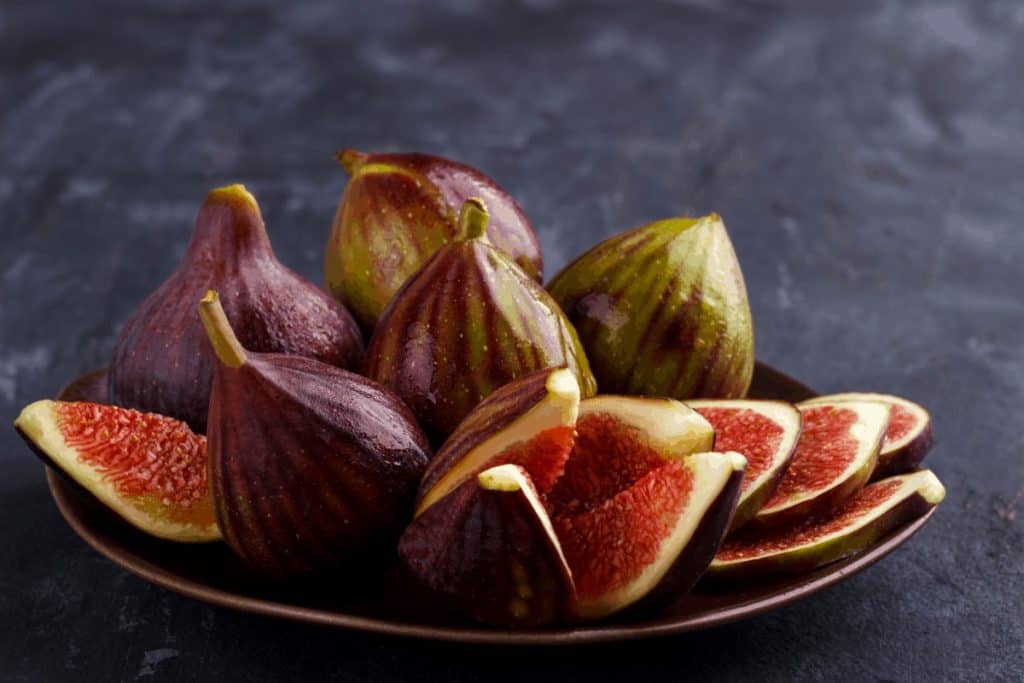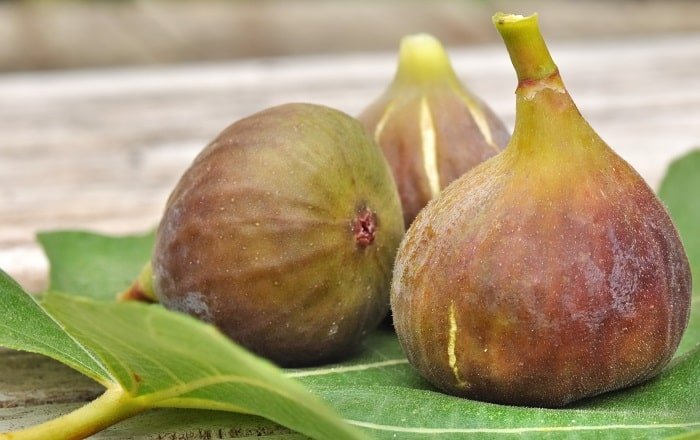What Makes a Fig Ripe?
Selecting a ripe fig can be a daunting task, especially for those new to the world of figs. The consequences of choosing an unripe or overripe fig can be disappointing, resulting in a lackluster eating experience. But what exactly makes a fig ripe? Understanding the ripening process is crucial in determining the perfect fig. It’s not just about the color or shape; there are several factors at play. To answer the question of how to know if a fig is ripe, it’s essential to grasp the physical, chemical, and biological changes that occur during the ripening process. By doing so, you’ll be able to identify the perfect fig, every time.
The Visual Cues of a Ripe Fig
When it comes to selecting a ripe fig, visual inspection is a crucial step. A ripe fig will typically exhibit certain characteristics that set it apart from its unripe or overripe counterparts. One of the most noticeable signs of ripeness is a deep brown or purple color, depending on the fig variety. The skin may also be slightly soft to the touch and have a slight sheen to it. In addition to color, the shape of the fig can also be an indicator of ripeness. A ripe fig will be slightly soft and yielding to pressure, but still retain its shape. The stem condition is also an important visual cue; a ripe fig will have a dry, brown stem that comes off easily. When inspecting the fig, look for any visible signs of spoilage or damage, such as mold, bruises, or soft spots. By paying attention to these visual cues, you’ll be well on your way to determining how to know if a fig is ripe.
The Squeeze Test: A Simple yet Effective Method
The squeeze test is a popular method for determining fig ripeness, and for good reason. It’s a simple, yet effective way to check for ripeness without damaging the fruit. To perform the squeeze test, gently hold the fig in your hand and apply gentle pressure with your thumb and index finger. A ripe fig will yield to pressure, feeling slightly soft and springy. If the fig is too soft or mushy, it may be overripe. On the other hand, if it’s too hard or doesn’t yield to pressure, it may not be ripe yet. When learning how to know if a fig is ripe, the squeeze test is an essential tool to have in your arsenal. By combining the squeeze test with other methods, such as visual inspection and the stem test, you’ll be able to determine fig ripeness with confidence.
The Sweet Aroma of a Ripe Fig
When it comes to determining fig ripeness, the sense of smell can be a powerful tool. A ripe fig emits a sweet, fruity aroma that’s both enticing and unmistakable. This aroma is a result of the fig’s high sugar content, which increases as the fruit ripens. In contrast, unripe figs tend to have a more neutral or slightly sour smell, while overripe figs may give off a fermented or unpleasant odor. To use smell as a guide, gently bring the fig to your nose and take a sniff. If the aroma is sweet and fruity, it’s likely a ripe fig. If you’re still unsure, you can combine the sense of smell with other methods, such as the squeeze test or visual inspection, to determine how to know if a fig is ripe. By paying attention to the aroma, you’ll be able to select the perfect fig every time.
The Stem Test: A Quick and Easy Check
The stem test is another reliable method for determining fig ripeness. This simple test involves gently twisting the stem of the fig to check for ease of removal. A ripe fig will have a stem that comes off easily, while an unripe fig will have a stem that’s difficult to remove. This is because the stem of a ripe fig has started to dry out and separate from the fruit, making it easy to twist off. To perform the stem test, hold the fig in one hand and the stem in the other, then gently twist the stem in a circular motion. If the stem comes off easily, the fig is likely ripe. If you’re still unsure, you can combine the stem test with other methods, such as the squeeze test or visual inspection, to determine how to know if a fig is ripe. By mastering the stem test, you’ll be able to quickly and easily select ripe figs every time.
How to Store Figs to Maintain Ripeness
Once you’ve selected a ripe fig, it’s essential to store it properly to maintain its ripeness and flavor. Figs are a delicate fruit and require gentle handling to prevent bruising and spoilage. To store figs, place them in a shallow container, such as a paper bag or a breathable container, to allow for air circulation. Avoid washing the figs before storing, as excess moisture can cause them to spoil quickly. Instead, gently wipe them clean with a dry cloth to remove any dirt or debris. Store the figs in the refrigerator at a consistent temperature below 40°F (4°C) to slow down the ripening process. Check on the figs regularly to remove any that are spoiling, as they can affect the quality of the remaining figs. By following these storage tips, you can enjoy your ripe figs for a longer period and ensure they remain fresh and flavorful. Remember, selecting a ripe fig is only the first step – proper storage is crucial to maintaining its quality and flavor. By combining these storage tips with the methods discussed earlier, such as the squeeze test and stem test, you’ll be able to determine how to know if a fig is ripe and enjoy it at its best.
Taste and Texture: The Final Check
The ultimate test of a fig’s ripeness is in its taste and texture. A ripe fig should be sweet and juicy, with a tender flesh that’s free from bitterness or acidity. When you bite into a ripe fig, the flesh should be soft and yielding, releasing a burst of sweet, fruity flavor. The texture should be smooth and creamy, with no signs of graininess or dryness. If the fig is overripe, it may be too soft and mushy, with a flavor that’s more sweet than fruity. On the other hand, an unripe fig will be hard and starchy, with a bitter or sour taste. By combining the visual, tactile, and olfactory cues with the taste and texture test, you’ll be able to determine how to know if a fig is ripe and enjoy it at its best. Remember, selecting a ripe fig is an art that requires practice and patience, but with these methods, you’ll be well on your way to becoming a fig connoisseur.
Conclusion: Mastering the Art of Fig Selection
By now, you’ve learned the various methods to determine how to know if a fig is ripe, from visual cues to the squeeze test, sweet aroma, stem test, and finally, taste and texture. It’s essential to combine these methods to ensure you’re selecting the perfect fig. Remember, a ripe fig is not only sweeter and more flavorful but also has a tender flesh and a sweet, fruity aroma. By mastering the art of fig selection, you’ll be able to enjoy this delicious fruit at its best. Practice makes perfect, so don’t be discouraged if it takes a few tries to develop your skills. With time and patience, you’ll become an expert in selecting ripe figs and be able to appreciate the nuances of this incredible fruit. By following these guidelines, you’ll be well on your way to knowing how to know if a fig is ripe and enjoying the perfect fig every time.






